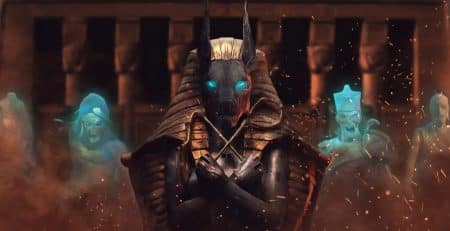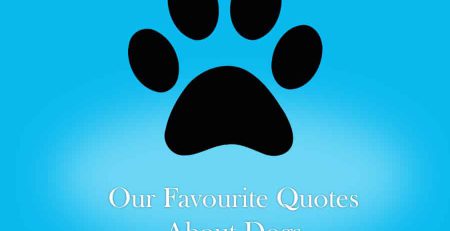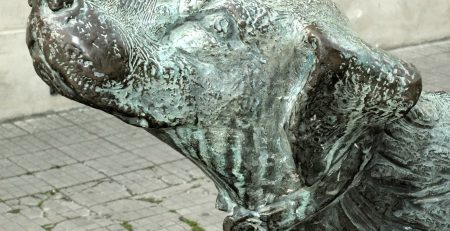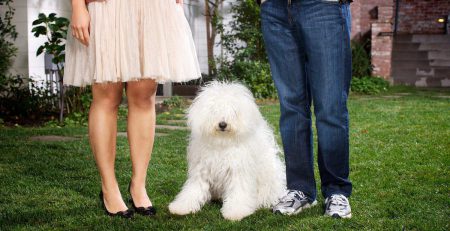Lord Byron
Lord Byron, born George Gordon Byron, was loved for some things and hated for others. He was one of the leading figures of the Romantic Movement characterising the first half of the 19th century. After a short, unsuccessful stint in politics, Byron became well known for his narrative style of poetry, but being regarded as one of the greatest British poets was not his only distinguishing feature. He was also very well known for his indulgent lifestyle, numerous sexual escapades and several scandals resulting from his dalliances. Although the poet was very well travelled and met all sorts of people, his eccentric lifestyle attracted the ire of conservative people, and didn’t allow him the privilege to call most people his friends. Therefore being branded as a social degenerate, with an insatiable appetite for the most indulging of vices and a horrible birth defect to boot, Byron found solace in the company of animals. Although the poet was well known for having a menagerie of animals, dogs were his greatest love, holding them in the esteem that most people around him could only dream of being held up to.
“In life the firmest friend.”
His admiration of dogs is particularly obvious in the poem titled “Epitaph to a dog”. The verses describing Boatswain, the most beloved of Lord Byron’s dogs, are as much a bitter-sweet account of his dog’s virtues, as much as a harrowning critique of mankind; highlighting what he found to be hypocritical in his fellow humans, and honourable in dogs. The poem was engraved on a large marble monument that still stands in the Byron ancestral home of Newstead Abbey in remembrance of his beloved dog Boatswain.
Boatswain was a dog imported by Lord Byron from Newfoundland, Canada. The dog was often said to be a Newfoundland dog but as one can easily observe from certain paintings and drawings of the dog, it is evident that what he considered to be a Newfoundland dog is not in line with what we now consider to be the breed standard. It is thought that Boatswain might have been a Newfoundland-Husky mix given the shape of his head and patterns on his body. At the same time as having Boatswain it is thought that Lord Byron owned another dog called Thunder. Thunder and Boatswain were both large dogs, but Boatswain was significantly more courageous then Thunder, much to the admiration of the poet. Lord Byron was known to be a very strong swimmer and it is only fitting for the poet to own a dog breed that is equally prolific in this kind of environment. It is said that Lord Byron would often row a boat with his two dogs on board to the middle of a lake close to his home. He would then launch himself off the boat, and both Boatswain and Thunder, being the loyal dogs that they were, would hurl themselves off the boat and drag their master to shore. Unfortunately, Boatswain didn’t live long. One day, while doing his daily habit of followning the local post boy to town, a rabid dog bit Boatswain resulting in the dog contracting the Rabies virus. The poet was so distraught that he nursed his beloved dog himself until the disease claimed the dog’s life. Such was Byron’s grief, that the poet did not even consider taking the necessary precautions to ensure his own safety, often wiping the virulent foam from the dog’s mouth with his bare hands.
Byron’s other pets
His love for dogs and other animals was also documented by his fellow friend and poet Percey Shelley. During a stay at Byron’s house in Italy, Shelley noted that the poet’s Italian estate was also home to 10 horses, 3 monkeys, 5 cats, 5 peacocks, 2 guinea fowl, an Egyptian crane, an eagle, an owl, a crow, a falcon and 8 very large dogs. Much to Shelley’s amazement all animals had free run of the house except for the horses. Lord Byron, if given a choice, never left his animals outdoors as he felt that he should make their lives as comfortable as possible, feeling, perhaps, a sense of camaraderie and familial loyalty to his animals.
Byron’s dog days
15 years after the death of Boatswain, Lord Byron grew tired of words and decided that the world would benefit more his action. He came up with the idea of arming a brigade of soldiers and setting off to Greece to help with the struggle against the Ottoman Empire. Much to the poet’s delight, Lord Byron was presented with another young Newfoundland dog shortly before he left for his Hellenic expedition. Being the dog lover that he was, he made an oath never to part ways with the dog and therefore took the dog with him on his crusade. He named the dog Lyon after another dog that he remembered from his childhood. Much to his disappointment Lord Byron didn’t really get to see much action in the war as he contracted a series of diseases. In the end the poet succumbed to a very severe cold at the young age of 36, during the early days of this disastrous expedition. The poet died with his faithful Newfoundland dog at his side. The poet’s body was returned to England along with his Newfoundland dog Lyon. In his will Lord Byron demanded to be buried next to his dog Boatswain, which request was rejected. He was buried instead in the church of St. Mary Magdalene, in Hucknall, Nottinghamshire.






















